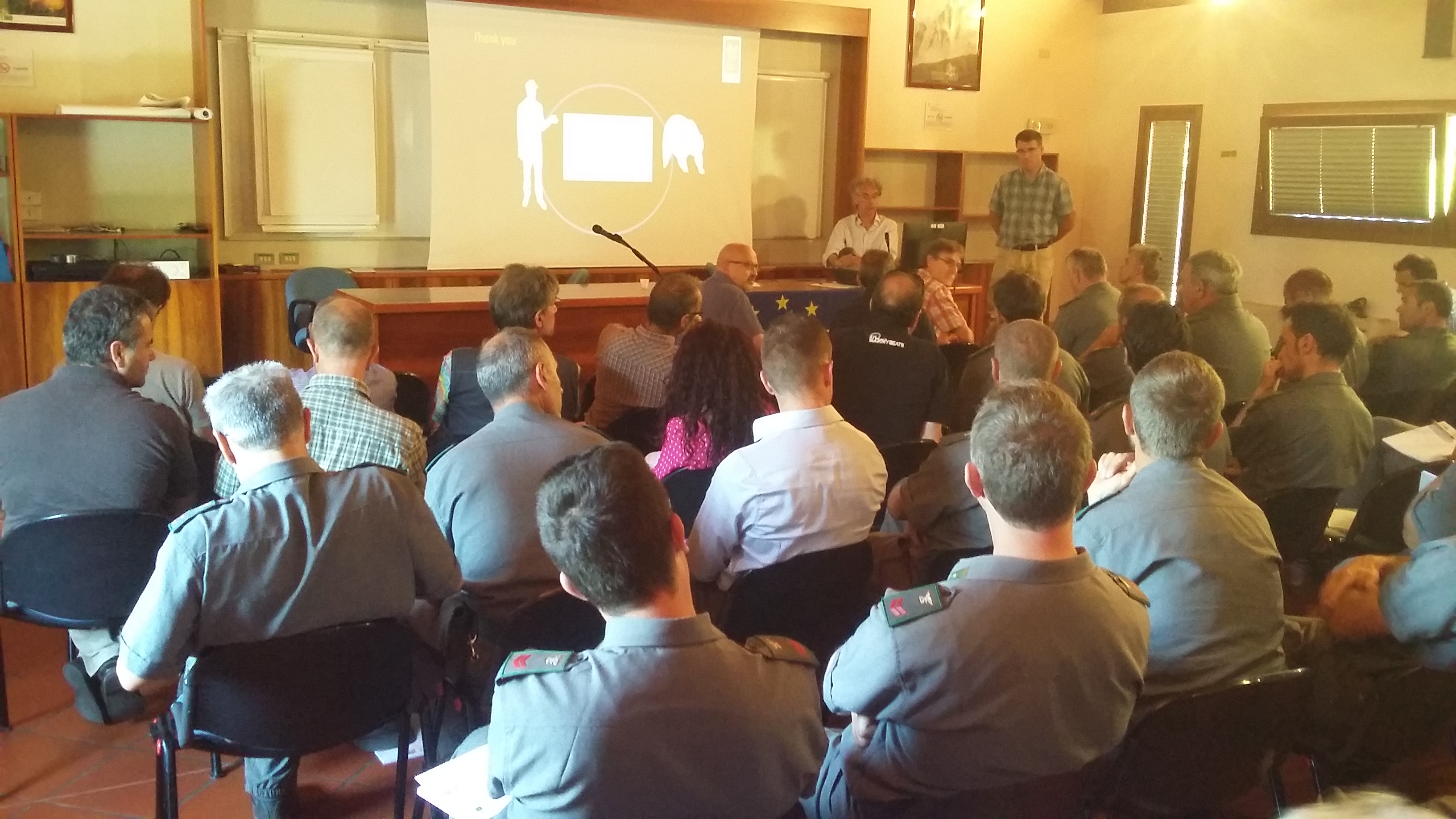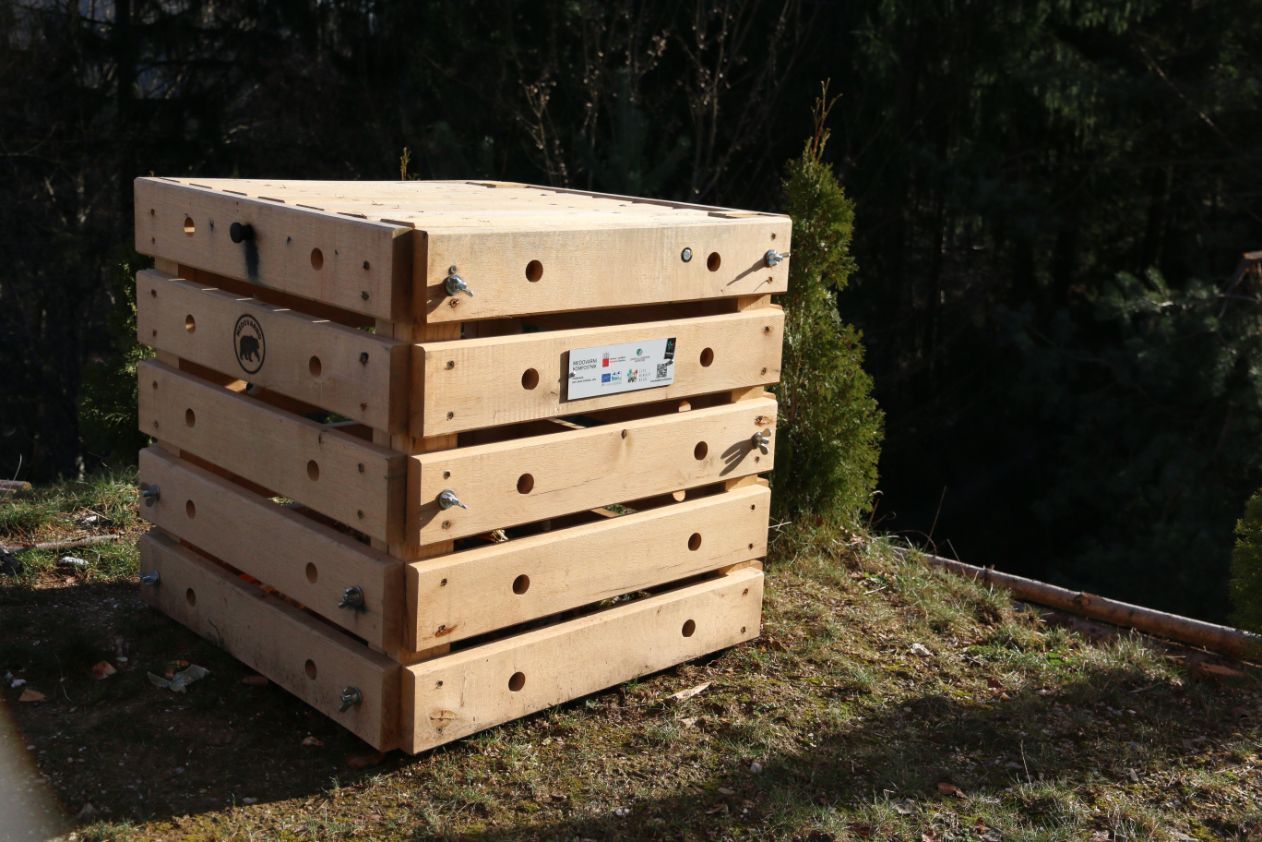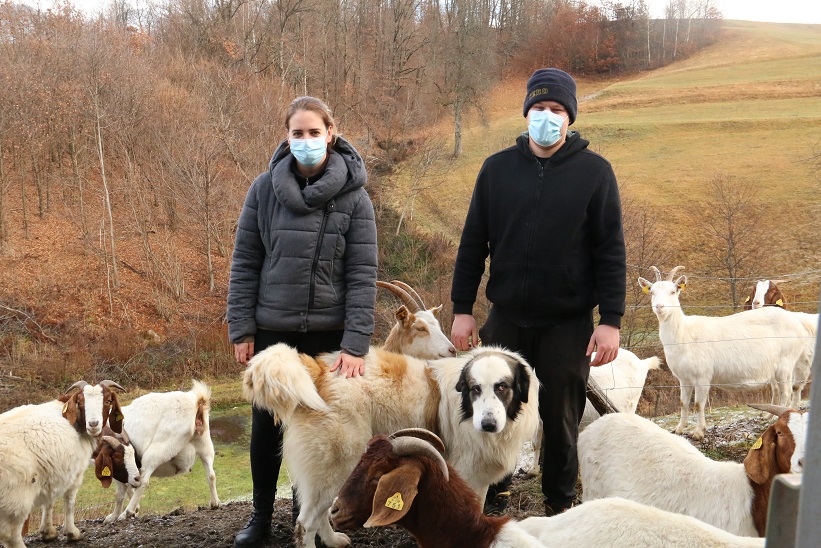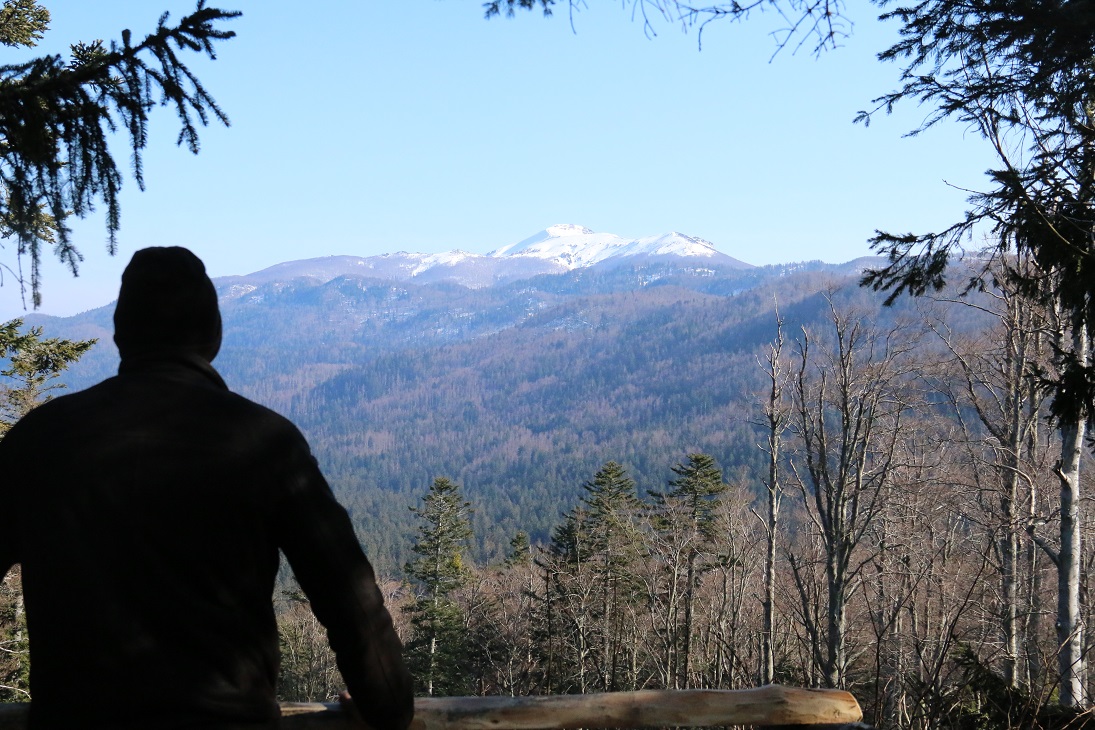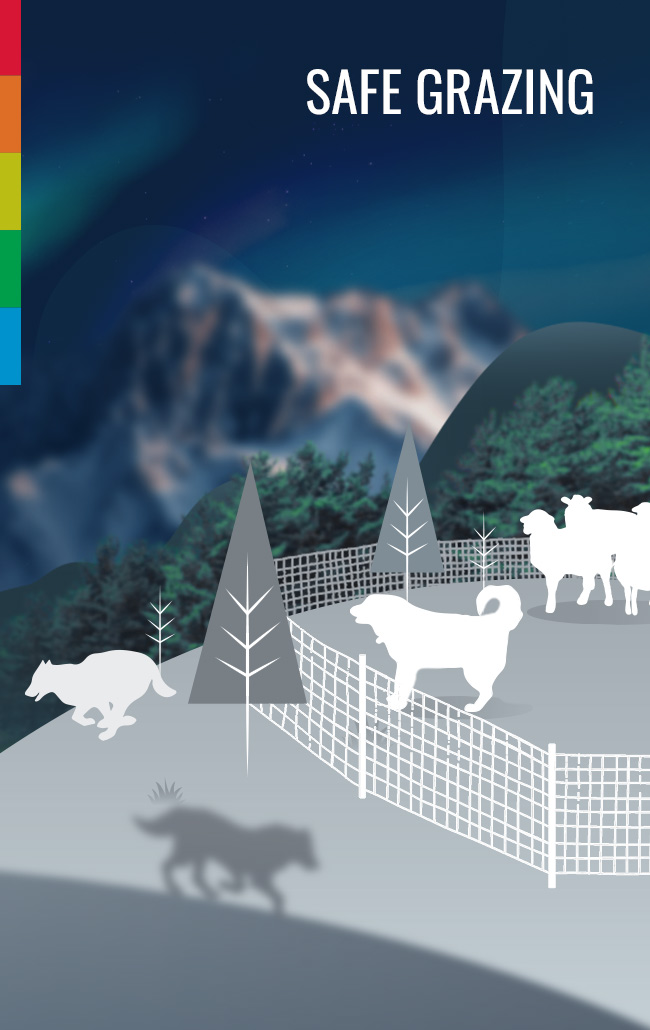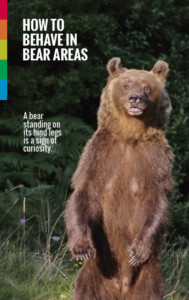On June 28 2016 a meeting has been held in Trento (Italy) to explain to local field personnell involved in bear management the main contents of the Guidebook to Human-Carnivore Conflict: Strategies and Tips for Effective Communication and Collaboration with Communities edited by Seth M. Wilson in the frame of the LIFE DINALP BEAR project.
The guidebook is focused on reducing conflicts with brown bears (Ursus arctos) but also incorporates wolves (Canis lupus) since these two large carnivores are found in overlapping habitats in portions of Slovenia, Croatia, and Italy. Damage inspectors and intervention team members from Slovenia, Croatia, Italy, and Austria are often involved in responding to conflicts and damages from both species. While certain tools and management techniques for addressing conflict are different for bears and wolves, the communication techniques and strategies for working with communities recommended in the guidebook are relevant to both.
More than 50 rangers involved in bear management attended the lecture that mainly focused on strategies and practical tips on effective communication and collaboration with communities to address conflicts with large carnivores. This tips seeks to increase public awareness of large carnivores by providing educational materials for officials working with human-bear conflict cases.
The fundamental goal of the lecture has been to provide Italian damage inspectors, intervention team members, and other partners with useful and practical information that can help improve their professional communication practice. A second and equally important goal has been to provide general strategies for meaningful collaboration with the people who live with large carnivores. A third goal has been to encourage a proactive and preventative approach to carnivore conservation that serves the common interest.
The audience for this lecture have been Italian damage inspectors and intervention team members who are field level personnel and are in regular contact with farmers, hunters, landowners, community members, and the general public. Additional audiences included personnel of the local Hunting association who cooperate in monitoring and communication activities.
Several inputs, comments and questions from damage inspectors and intervention team members followed the lecture. Printed copies of the italian version of the guidebook will be available and distributed to all involved personnell soon.



